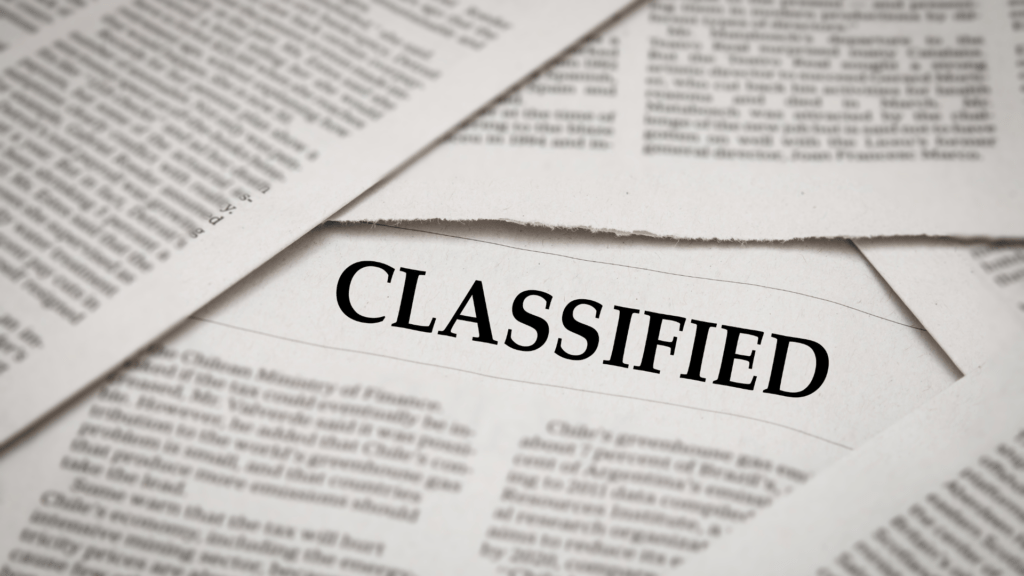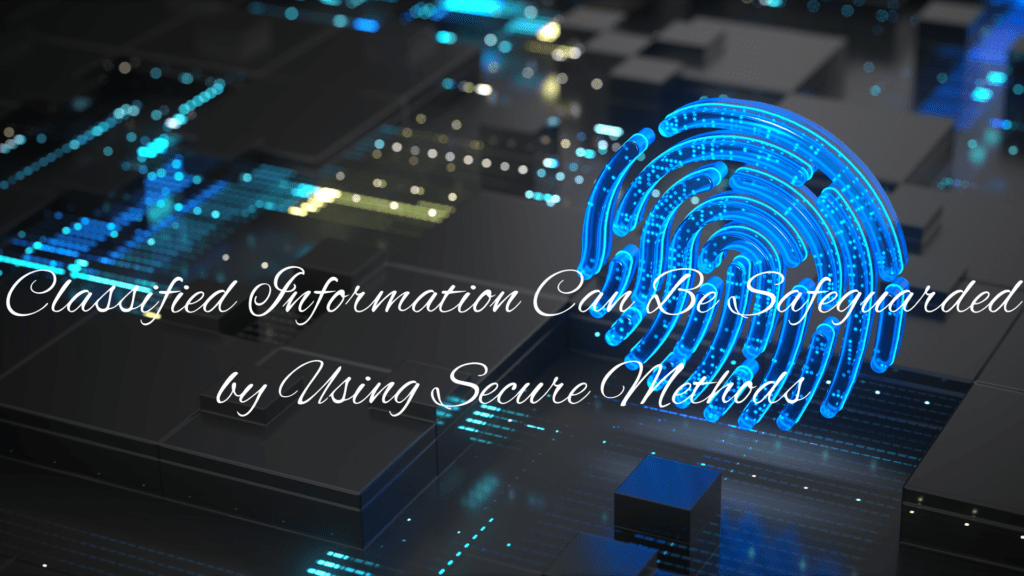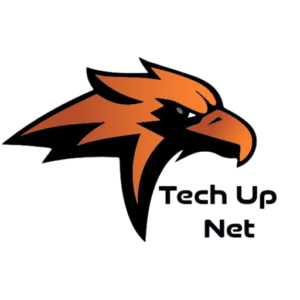IntroductionTo: Classified Information Can Be Safeguarded by Using Secure Methods
In the modern world, where data is the new currency, safeguarding classified information has never been more critical. Whether it’s government data, corporate trade secrets, or personal sensitive information, unauthorized access can have disastrous consequences. From identity theft to national security threats, the risks are far-reaching.
The good news is that protecting classified information is entirely possible with the right strategies, tools, and best practices. In this article, we’ll explore practical, easy-to-implement methods to keep your sensitive data secure. Whether you’re an individual looking to protect your privacy or a business aiming to secure classified company information, this guide is for you.

What Is Classified Information?
Classified information refers to data that is restricted from public access due to its sensitive nature. Governments, businesses, and organizations classify information to prevent harm in the event of unauthorized access.
Common Types of Classified Information:
- Government Data: Sensitive national security information, military strategies, diplomatic communications, etc.
- Corporate Secrets: Business plans, financial records, intellectual property, and proprietary data.
- Personal Information: Social Security numbers, medical records, passwords, and credit card details.
Classified information is not just valuable; it’s vulnerable to a range of threats. Whether stored digitally or physically, it can be targeted by hackers, insiders, or even accidental leaks. Therefore, safeguarding classified information is paramount to preserving privacy, security, and trust.
Methods to Safeguard Classified Information
Encryption: A Critical Defense Against Data Breaches
Encryption is the first and most crucial line of defense when it comes to protecting classified information. It works by converting readable data into an unreadable format that can only be decoded with a specific key or password. Even if someone intercepts the data, they won’t be able to understand it.
Types of Encryption:
- End-to-End Encryption (E2EE): When you use end-to-end encryption, the data is encrypted on the sender’s side and decrypted only on the recipient’s side. Even if hackers intercept the message during transit, they won’t be able to decrypt it.
- AES (Advanced Encryption Standard): AES is a symmetric encryption algorithm that is widely regarded as one of the most secure encryption methods. It’s commonly used by government agencies to protect classified information, and it’s also used by financial institutions, businesses, and tech companies worldwide.
- Public Key Infrastructure (PKI): PKI uses pairs of keys (public and private) to encrypt and decrypt messages. This method is especially useful for securing email communications and online transactions.
When classified information is encrypted, unauthorized access becomes much harder, ensuring confidentiality and data integrity.
Secure Communication Channels: Protecting Data in Transit
When classified information is being transmitted, it’s essential to use secure channels. Using an insecure network—such as public Wi-Fi or email—can leave sensitive data vulnerable to hackers. Let’s look at some of the most effective communication methods.

Key Secure Communication Methods
- Virtual Private Networks (VPN): A VPN establishes a secure, encrypted connection between the user’s device and a remote server. It essentially shields your online activities, preventing third parties from tracking your browsing or intercepting data. When transmitting classified information over the internet, VPNs are a must.
- SSL/TLS (Secure Sockets Layer / Transport Layer Security): SSL and TLS protocols are widely used to encrypt data being transmitted over the web. Most reputable websites use SSL/TLS to ensure that any data exchanged (like credit card information or personal details) is encrypted.
- HTTPS: Websites that use HTTPS (Hypertext Transfer Protocol Secure) ensure that data transmitted between your browser and their servers is encrypted. It’s a common security feature for online banking or any site where sensitive information is exchanged.
When you’re sending classified information, always ensure the platform you are using employs one of these secure communication methods to protect your data from interception.
Strong Authentication and Access Control
Strong authentication practices ensure that only authorized individuals have access to classified information. It’s vital to authenticate users and control who can view or handle sensitive data. Here’s how to implement strong authentication and access control systems.
Authentication Measures:
- Multi-Factor Authentication (MFA): MFA requires users to provide two or more forms of identification before accessing sensitive information. This could include something they know (a password), something they have (a smartphone), or something they are (fingerprints or facial recognition). Even if someone steals your password, they won’t be able to access your information without the second factor of authentication.
- Biometric Authentication: Biometrics such as fingerprints, iris scans, or facial recognition offer a high level of security. These systems are difficult to bypass and can be combined with other authentication methods for additional protection.
Access Control Measures:
- Role-Based Access Control (RBAC): RBAC allows organizations to assign access permissions based on users’ roles. For instance, only a financial officer should access financial data, while marketing staff only need access to advertising content. This limits the exposure of sensitive information to those who truly need it.
- Least Privilege Principle: The principle of least privilege means granting users the minimum level of access necessary to perform their job. This minimizes the risk of insider threats and accidental data breaches.
By combining strong authentication and robust access control, you ensure that only those who need access to classified information can view or use it.

Data Masking and Redaction: Minimizing Risk Without Losing Functionality
Sometimes, it’s not practical to encrypt or lock away all data. For purposes like testing, data analysis, or sharing reports, data masking and redaction allow you to protect sensitive information while still using or sharing it.
Data Masking:
Data masking involves replacing sensitive information with realistic but fake data. For example, a Social Security number might be replaced with “XXX-XX-1234,” masking the real value. Masking is useful for non-production environments where real data isn’t necessary, but testing or analysis still needs to occur.
Redaction:
Redaction involves permanently deleting or blacking out sensitive information from documents. For example, when releasing a public report, confidential sections may be marked as “REDACTED.” Redaction ensures that sensitive data cannot be accessed, even if the document is made available to others.
Both data masking and redaction allow organizations to continue working with sensitive data without exposing classified information to unnecessary risk.
Physical Security: Securing the Hardware
While digital security is critical, physical security measures must not be overlooked. Physical access to servers, computers, and hard drives is a significant risk factor. Unauthorized individuals accessing a physical server could potentially steal, alter, or damage classified information.
Best Physical Security Practices:
- Locked Storage: Store physical documents containing sensitive data in secure, locked cabinets or safes. Likewise, digital devices such as hard drives or servers should be physically secured in locked rooms.
- Surveillance Systems: Install security cameras and monitoring systems in areas where classified information is accessed or stored. Surveillance can deter unauthorized personnel and help identify breaches in real time.
- Restricted Access Areas: Limit access to areas containing classified data to only those employees who require it. Use biometric scanners or keycard access to control who enters these high-security zones.
Physical security protects against threats like burglary, theft, or sabotage, which can be just as damaging as digital breaches.
Regular Audits and Monitoring
Ongoing monitoring and periodic audits are crucial in maintaining the security of classified information. They help organizations identify vulnerabilities, track access patterns, and catch potential breaches early.
Key Monitoring and Audit Practices:
- Intrusion Detection Systems (IDS): IDS software detects unusual network activity that may signal an attempted breach. These systems analyze traffic for signs of unauthorized access and alert security teams in real-time.
- Audit Logs: Detailed logs should be maintained to track who accessed classified information and when. These logs provide an audit trail that can be useful for investigating suspicious activity.
- Vulnerability Scanning: Regular vulnerability scans help identify weaknesses in your system’s security infrastructure. Proactively addressing vulnerabilities reduces the likelihood of a successful attack on your classified data.
By conducting frequent audits and monitoring network traffic, businesses can catch any potential security issues before they escalate into major threats.
Conclusion
Protecting classified information is essential in today’s digital world. With cyber threats and data breaches becoming more common, organizations must take a proactive approach to security. Fortunately, there are several effective methods to safeguard classified data—whether it’s encryption, secure communication channels, strong authentication, or physical security measures.
By implementing a combination of these security practices, organizations and individuals can ensure that classified information remains confidential and secure. Whether you’re dealing with government data, corporate secrets, or personal information, a layered approach to security will help minimize risks and protect sensitive information from unauthorized access.
Remember, securing classified information isn’t a one-time effort—it’s an ongoing commitment to ensuring that your data remains safe in a constantly evolving landscape of cyber threats.
